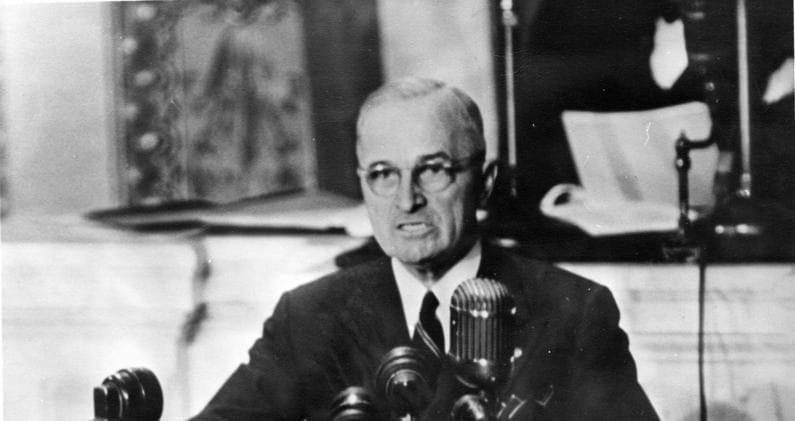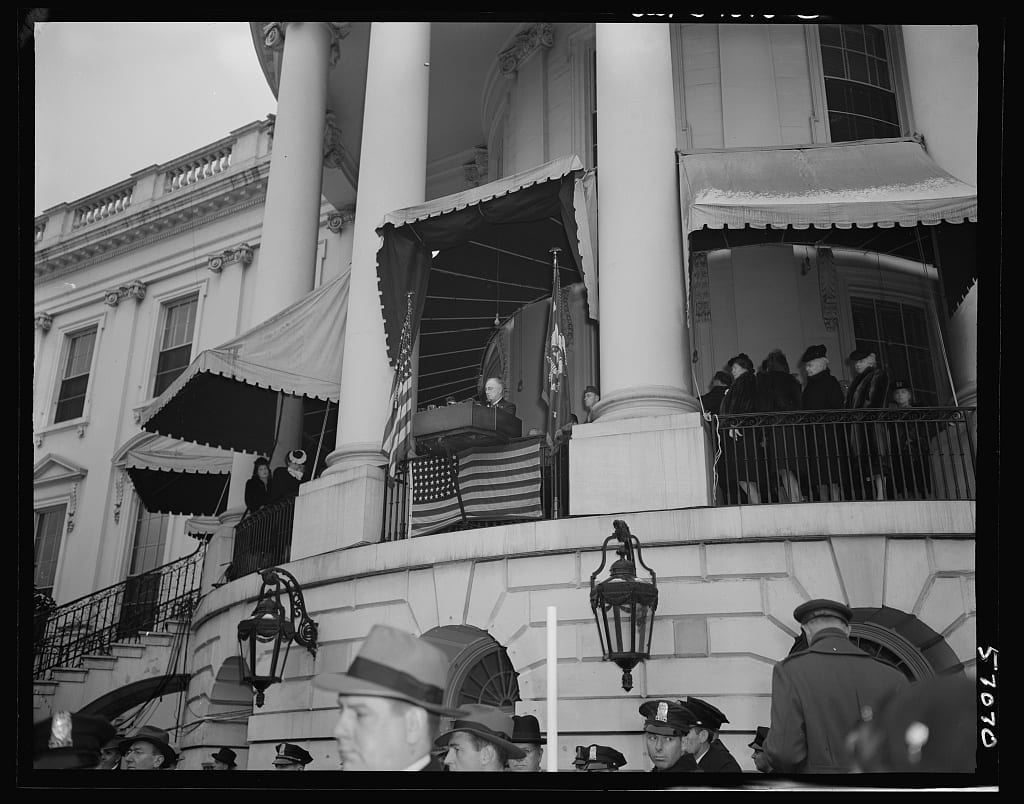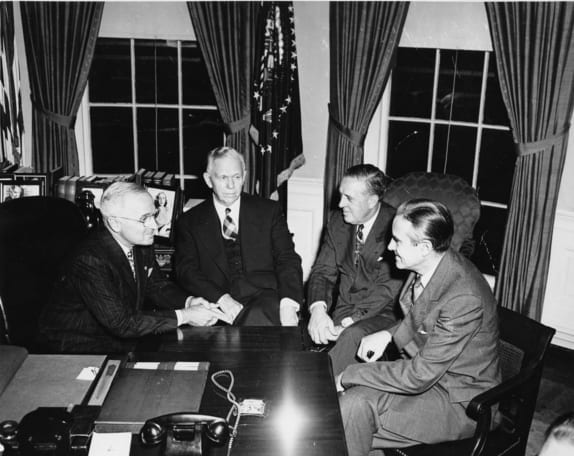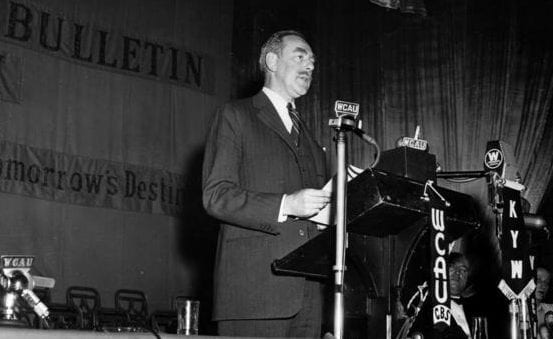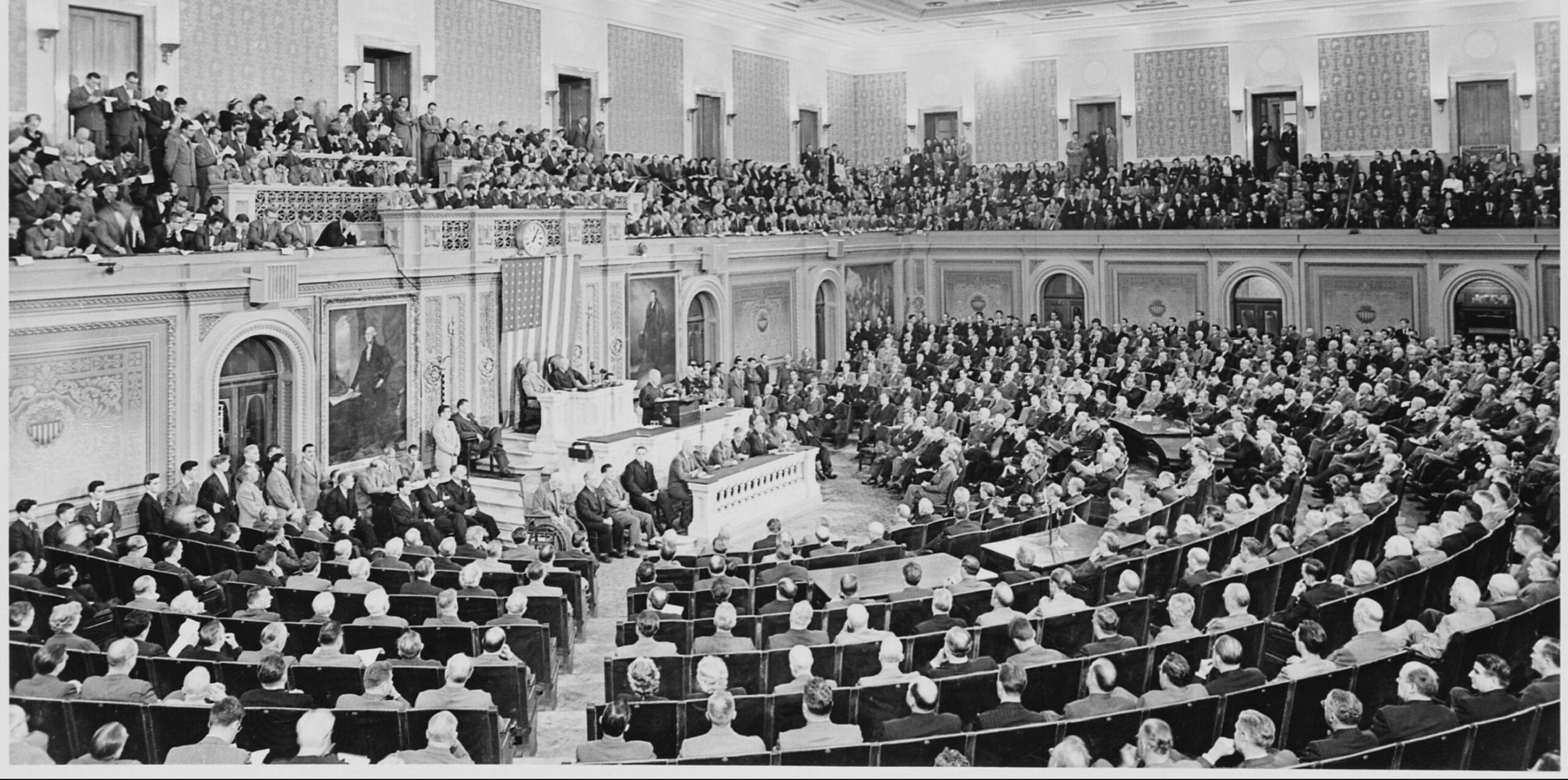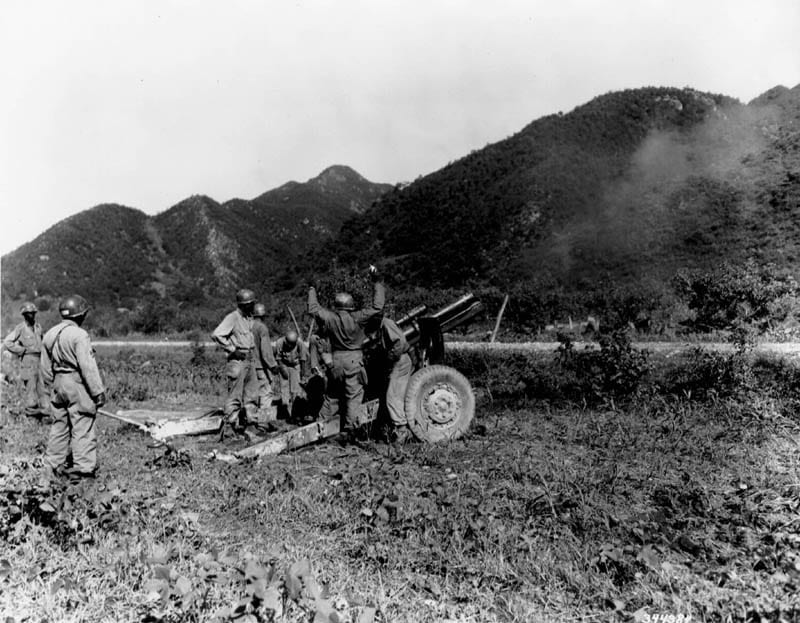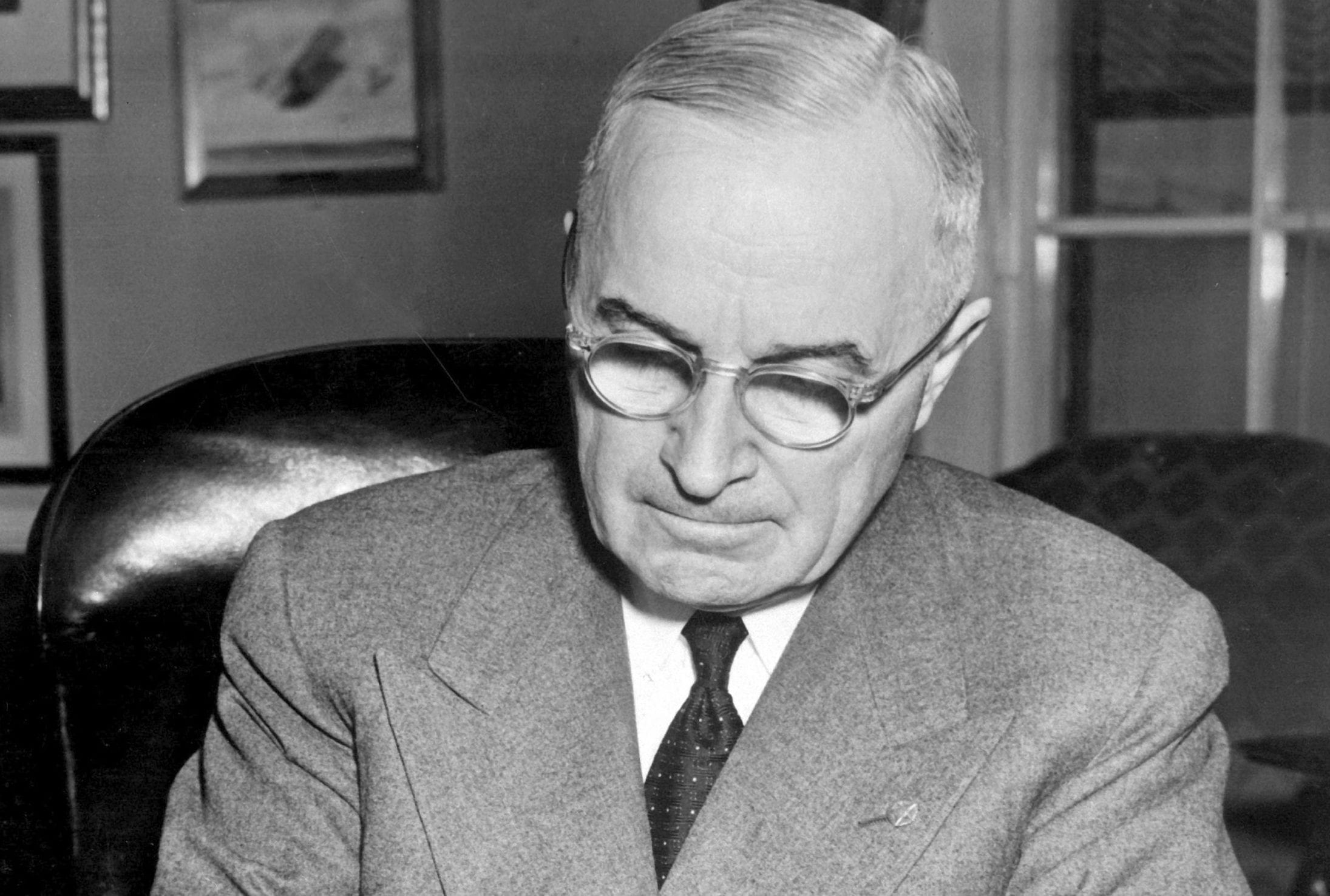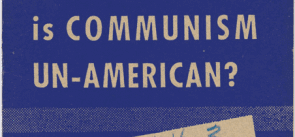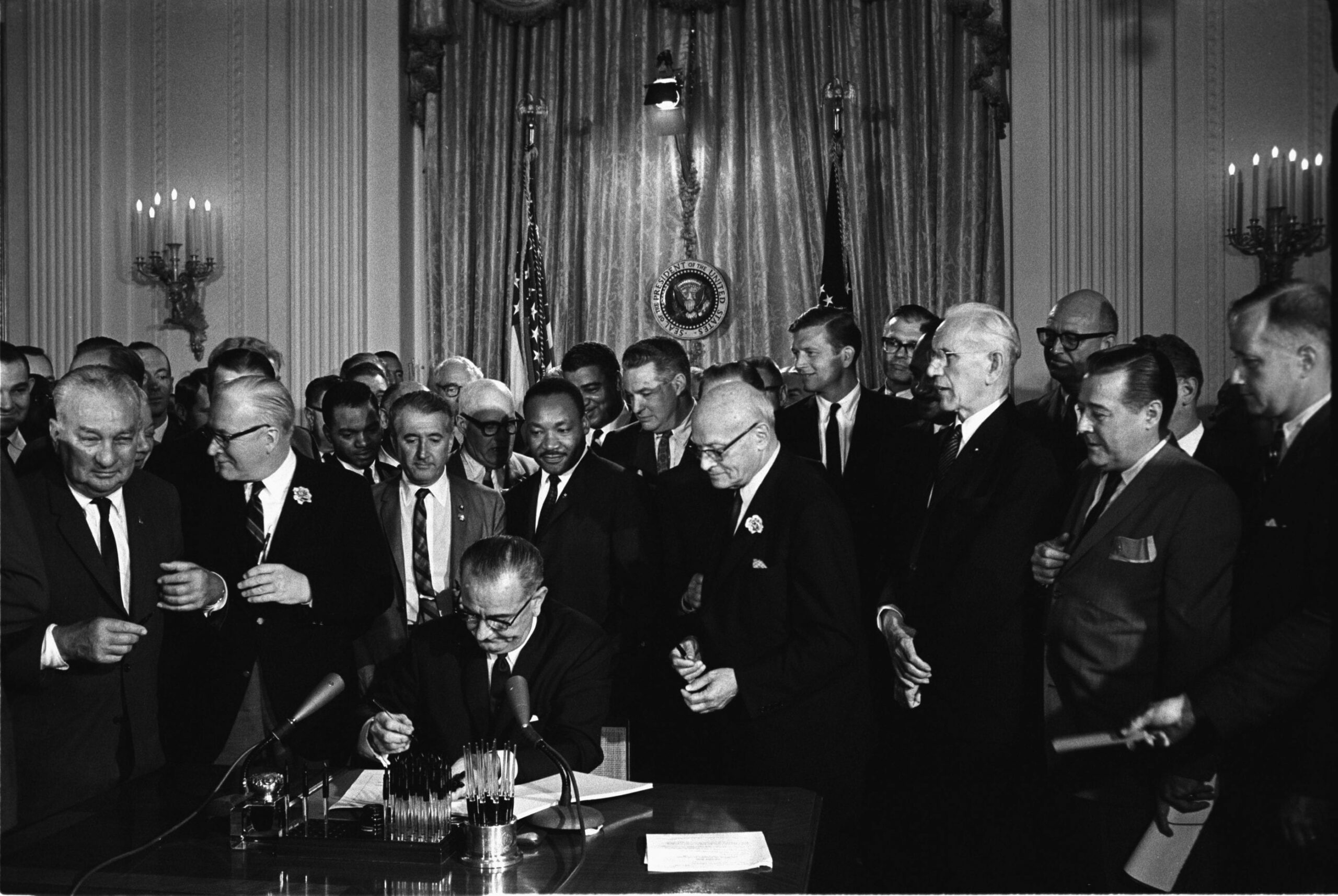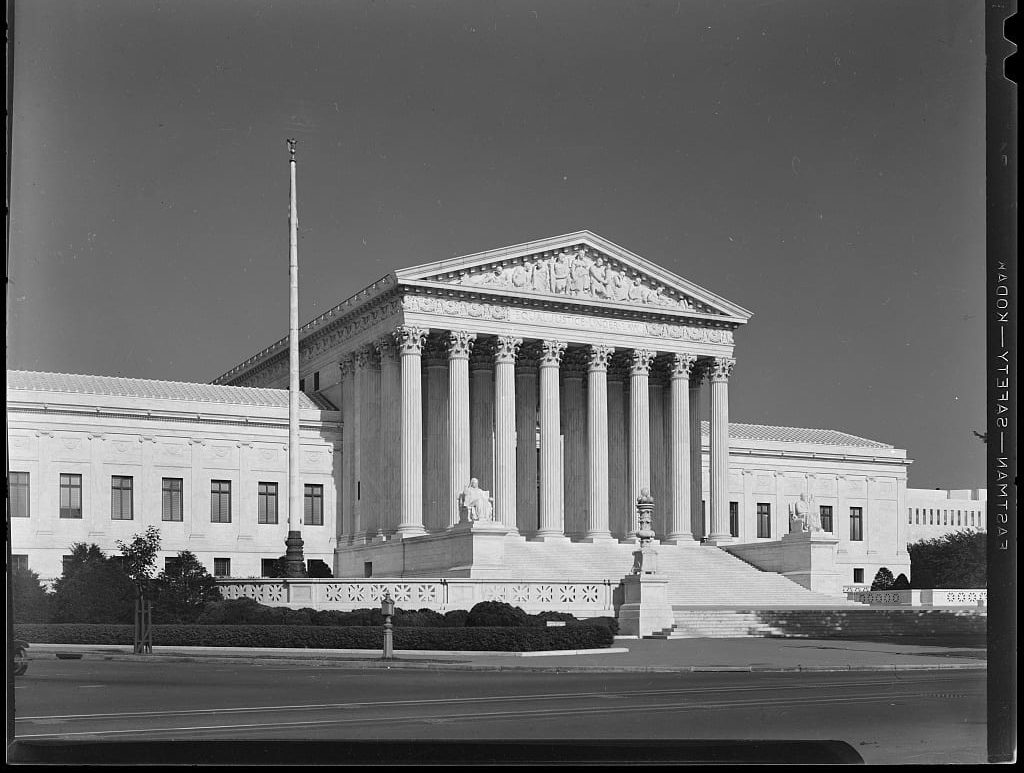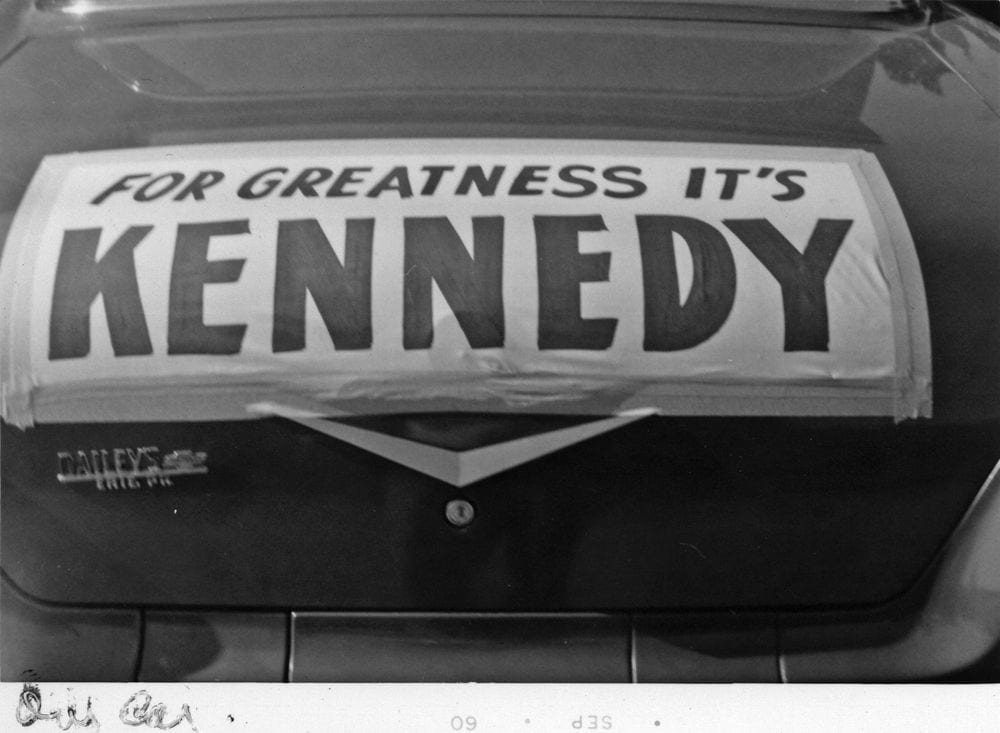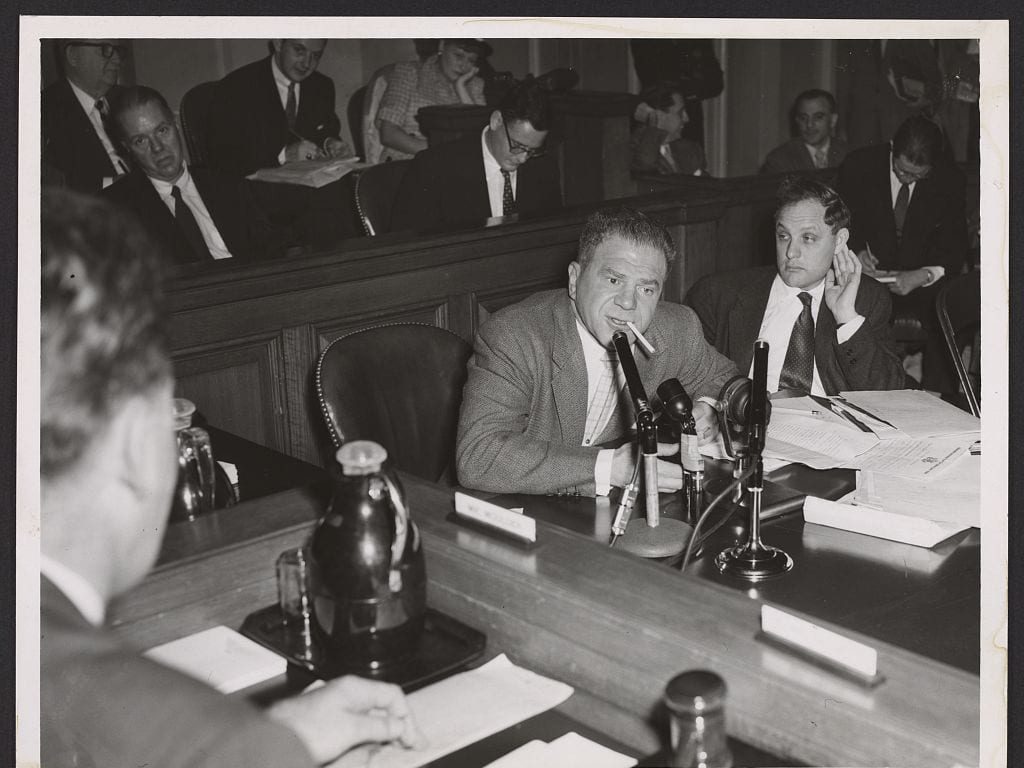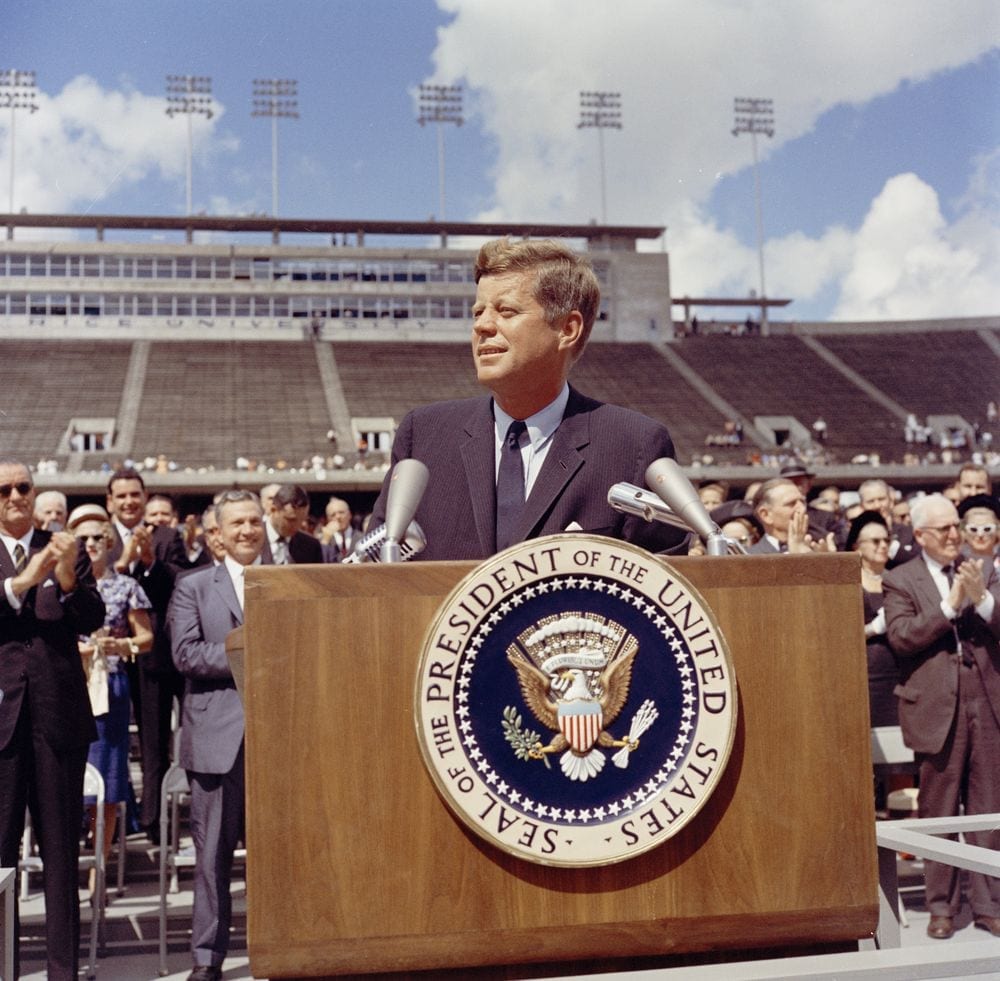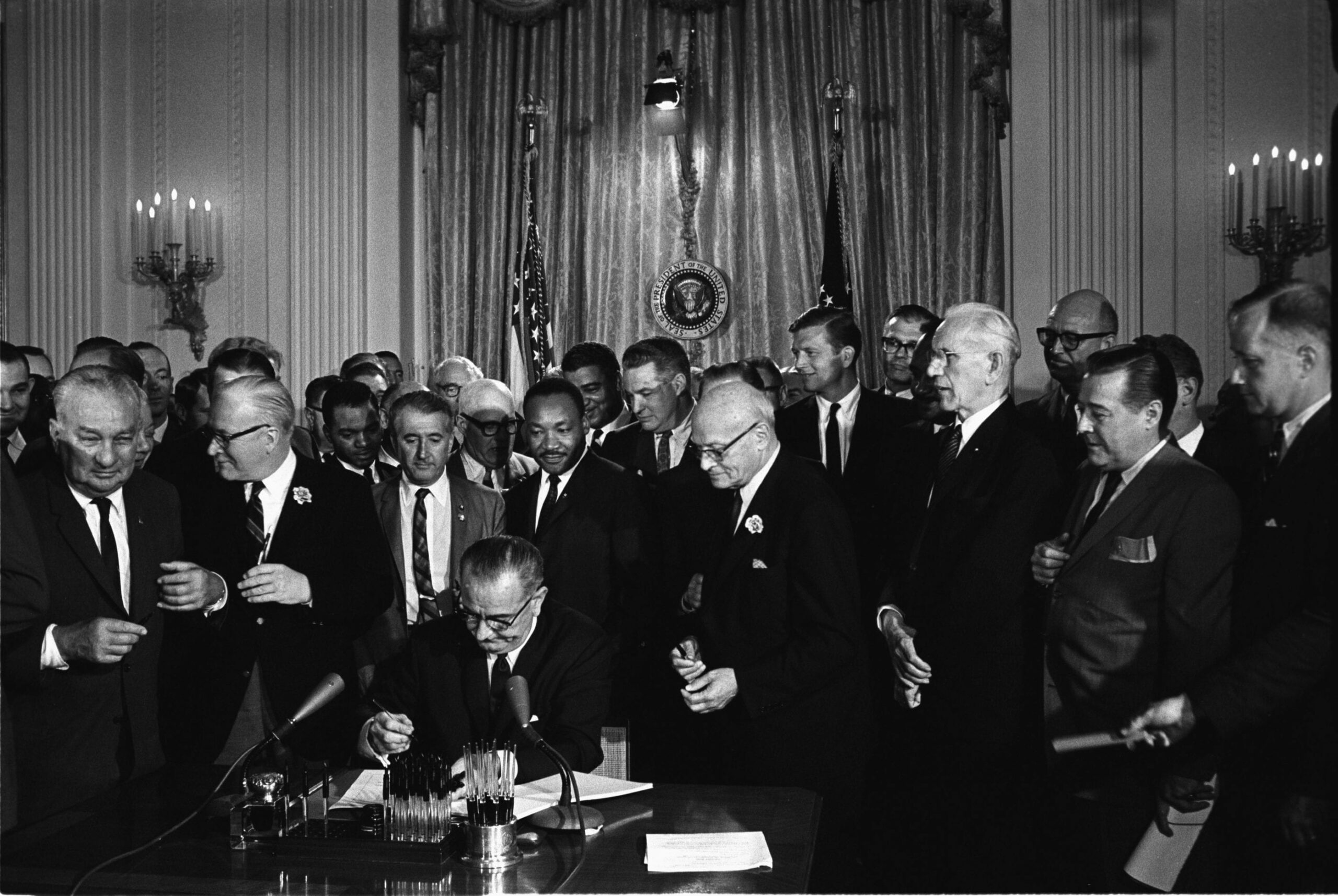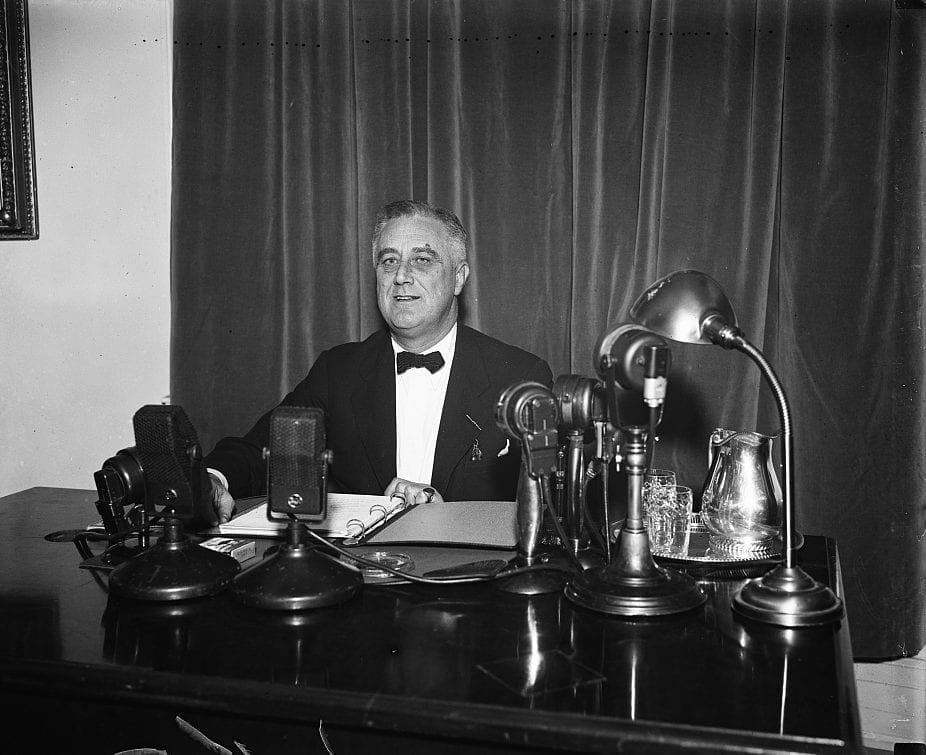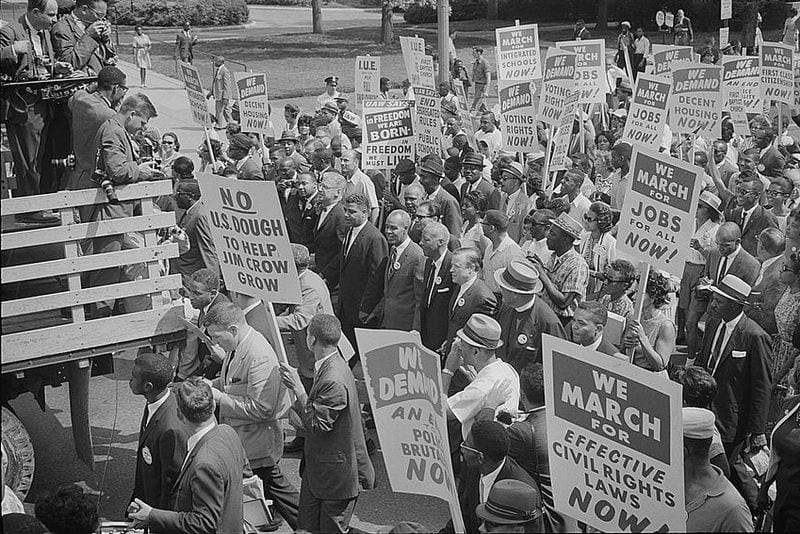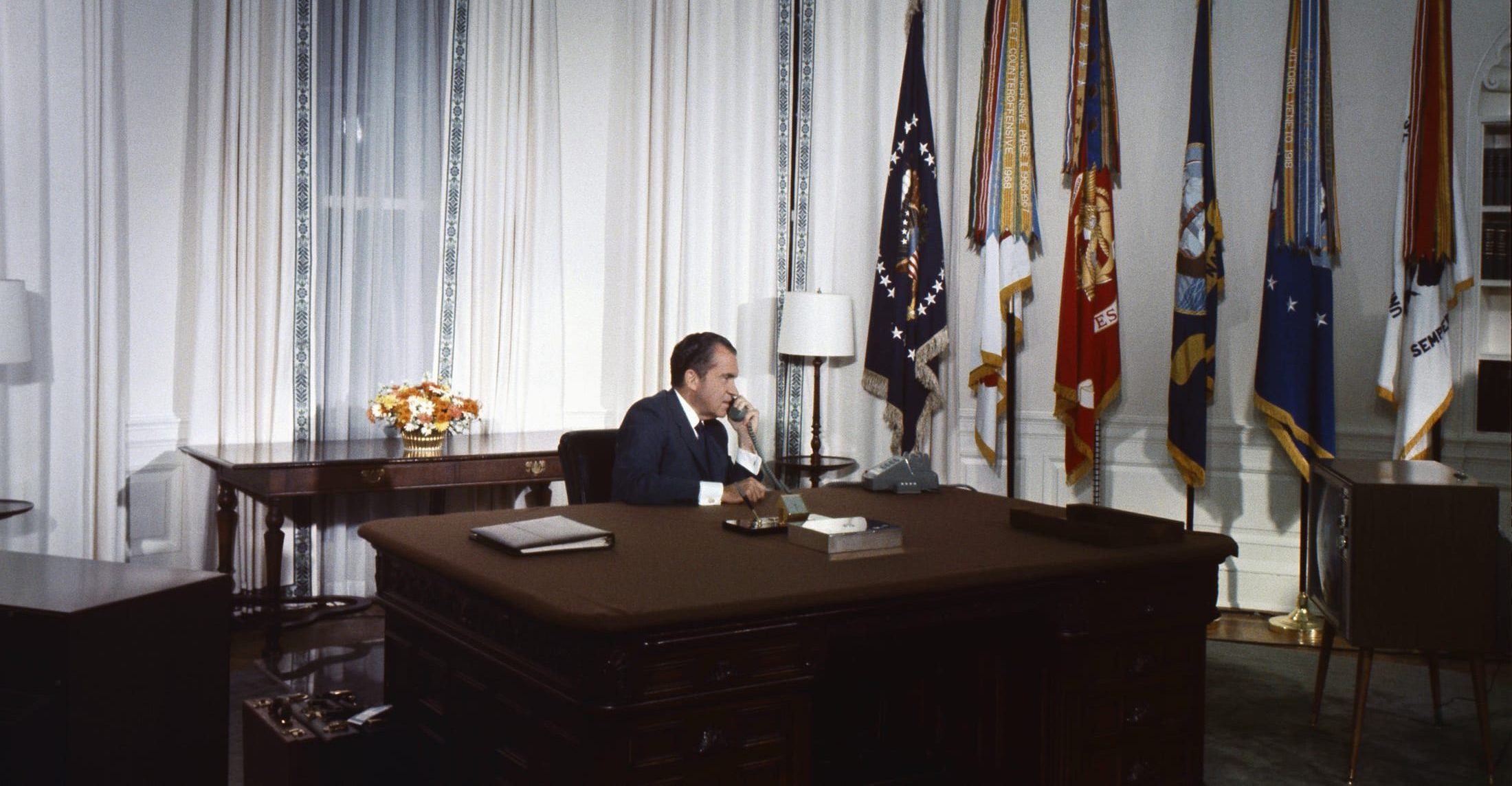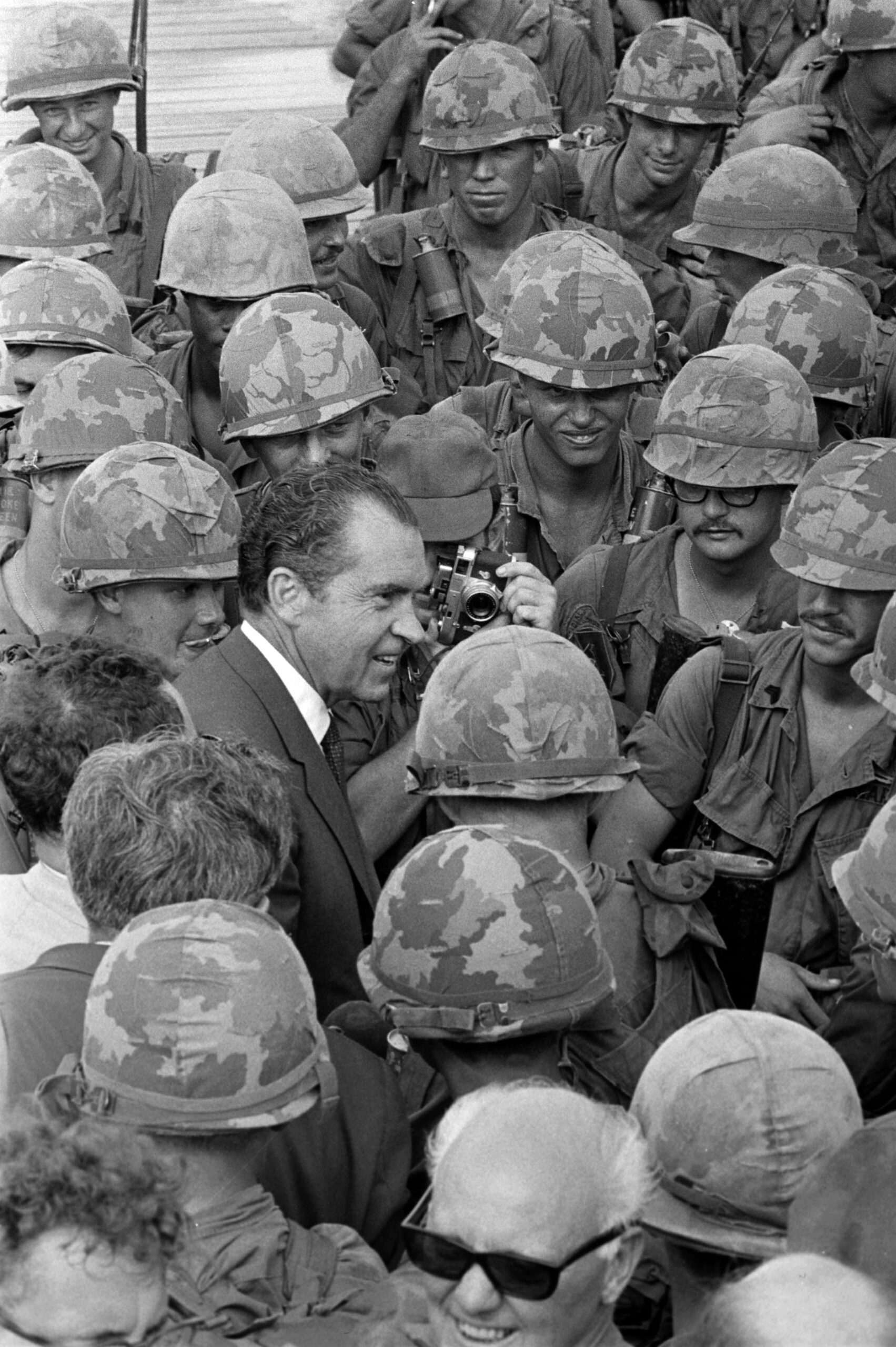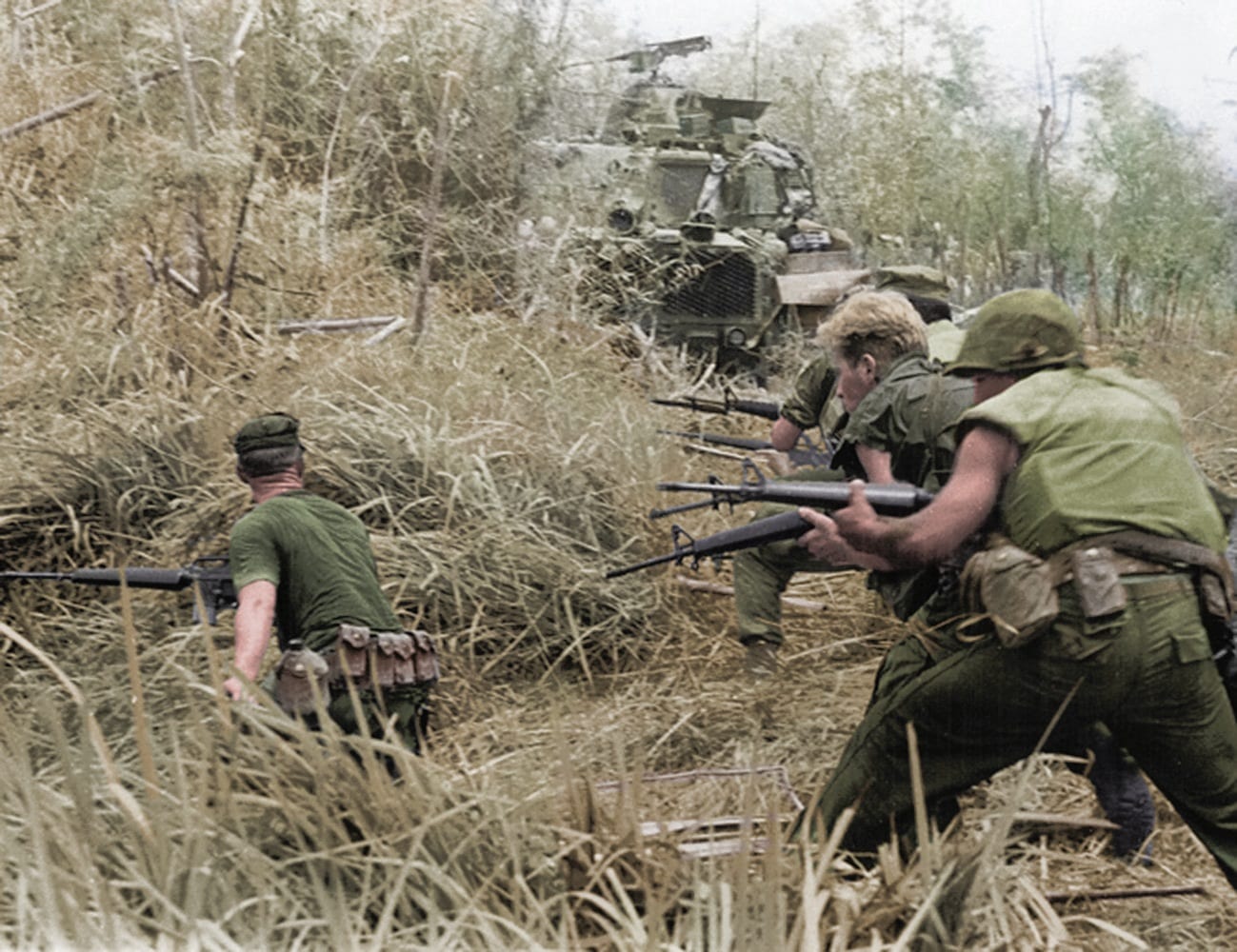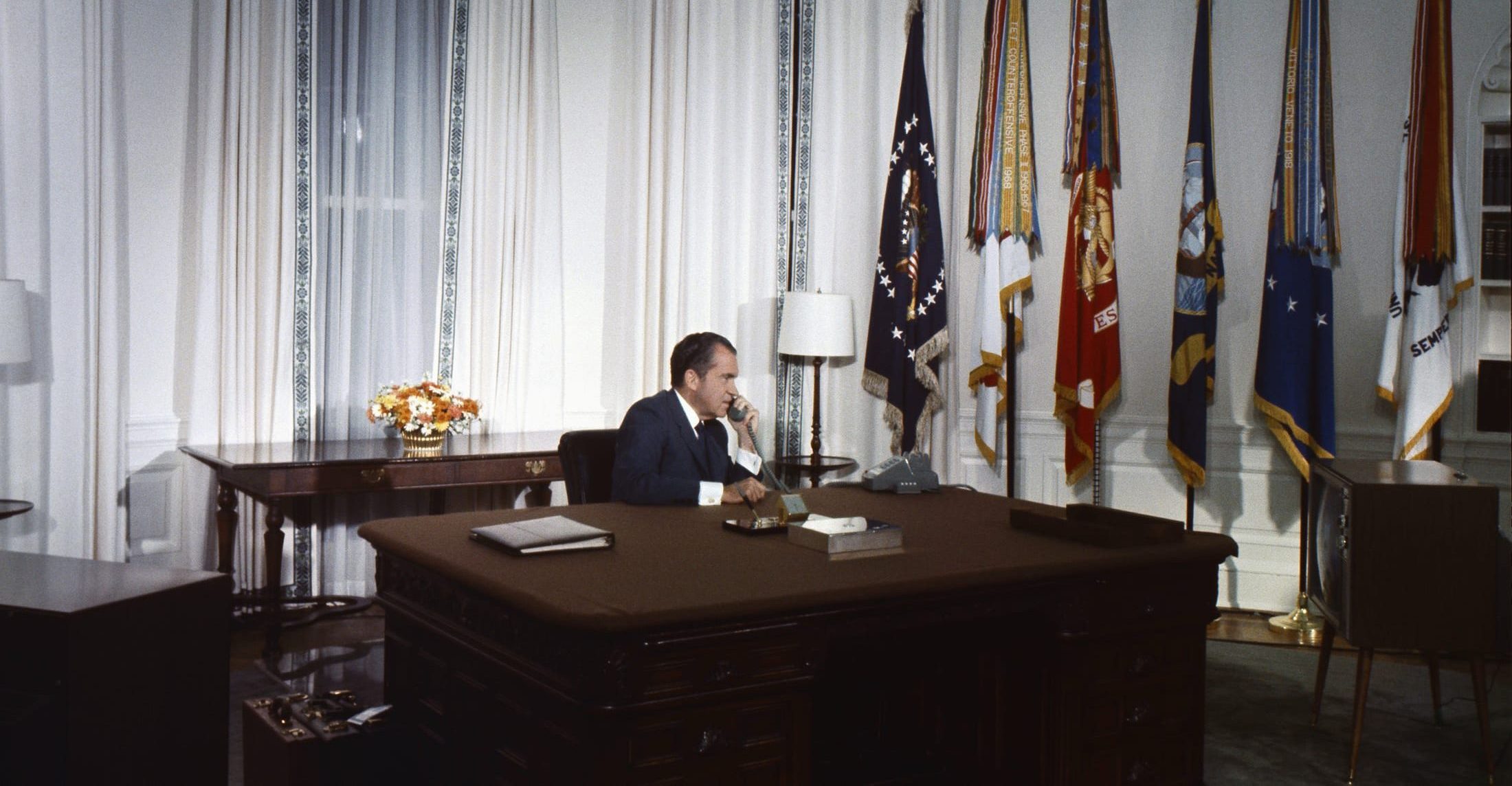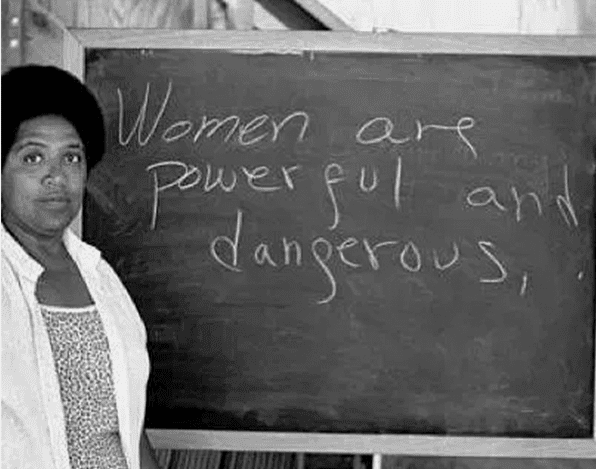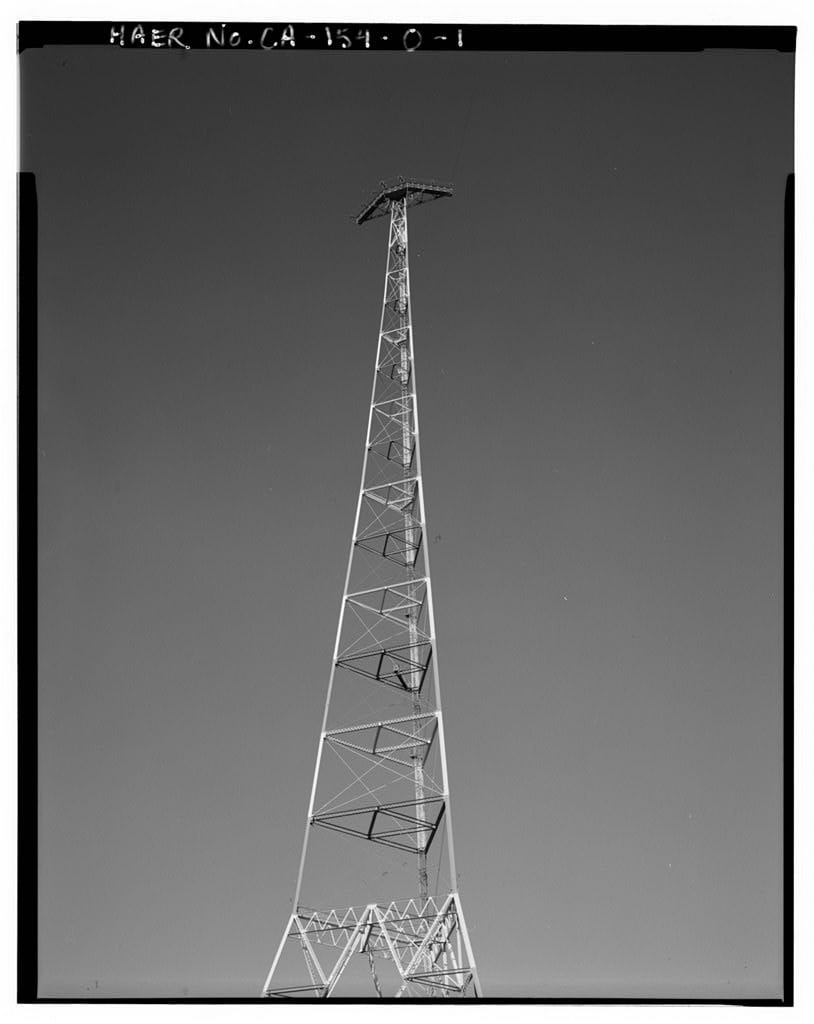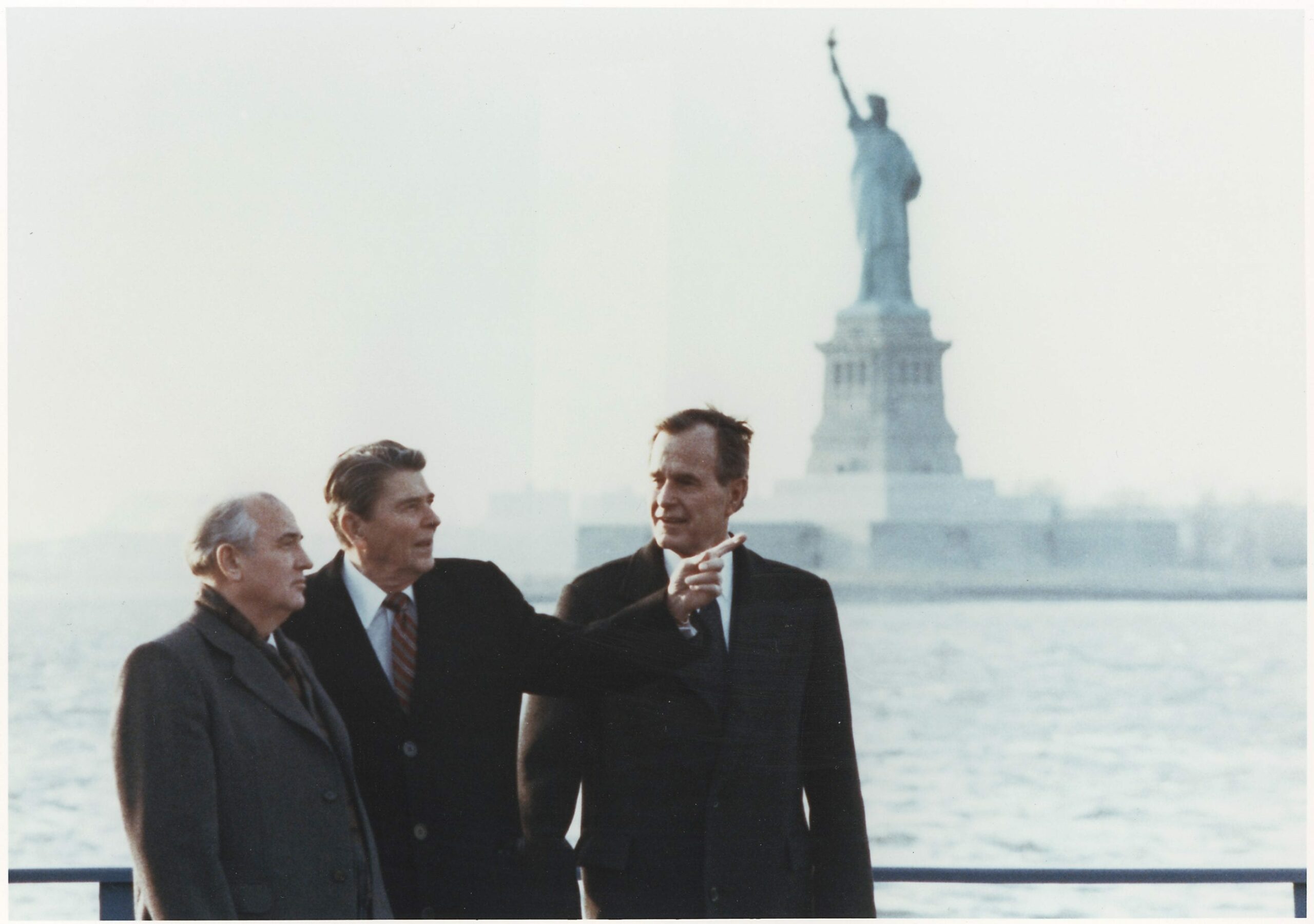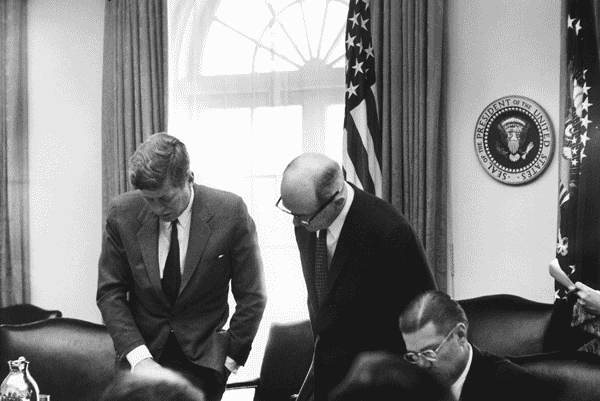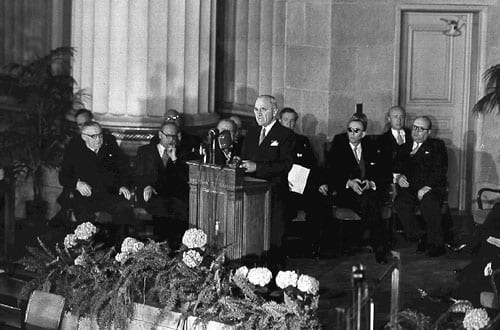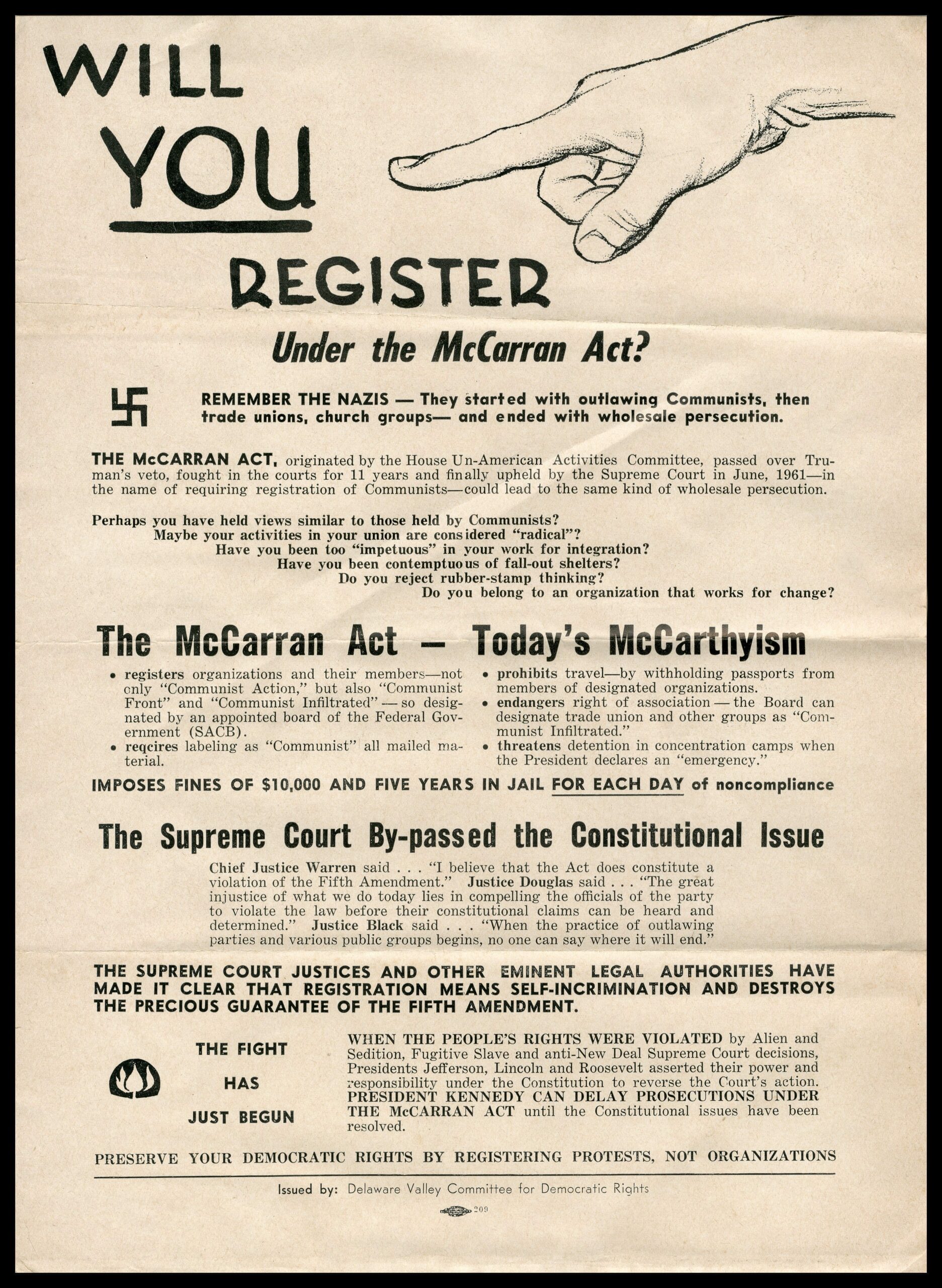
The “Instant Retaliation” speech of Secretary Dulles, delivered on January 12, was presented as a major redefinition of United States policy for the decade to come. Its importance, if not its meaning, was confirmed by the debate it has provoked. Lester Pearson has questioned it; Adlai Stevenson has criticized it; Vice President Nixon has defended it; Sir John Slessor has amplified it; Secretary Wilson has minimized it; Admiral Radford and his colleagues have set out to “explain” it and ended by explaining it away; President Eisenhower has stated that the new doctrine is not a new doctrine at all; Secretary Dulles has reaffirmed its newness in a somewhat more modest form.
Through the confusion of these conflicting statements certain clear lines of argument can be seen. Congress and our allies have asked who will decide on “instant retaliation” and have been assured that their “consent and acquiescence” is necessary. Army and Navy spokesmen have stressed that conventional weapons are still needed and this also is conceded. Objections have been advanced to the rigidity of the Dulles formula and in turn the Secretary of State acknowledges that its application in any given situation will turn on the facts. For all these modifications and qualifications, however, the doctrine itself has not been questioned by those in power. The January 12 speech stands in its essentials, as the expression of a major step by the national Security Council. It outlines a fundamental change that has taken place in United States strategy, and that is affirmed day by day, in important decisions such as those to eliminate three active Army divisions, to reduce naval personnel by 100,000 men, to extend the use of atomic weapons, and at the same time to warn our opponents that, in the event of new aggression in Korea, our counter-action will not stop short at that nation’s Northern frontier.
With this in mind let us start over by re-examining the January 12 address, setting aside interpretations of Secretary Dulles’ address by his colleagues, and assuming that he meant precisely what he said.
Mr. Dulles makes essentially five points which serve as the keystones of the new policy.
First, “emergency action, imposed on us by our enemies” and exemplified by the Korean War and the Marshall Plan, must be replaced by a long-term plan which provides “a maximum deterrent at a bearable cost.”
Second, we shall—and this is “the basic decision” made by the President and the National Security Council—”depend primarily upon a great capacity to retaliate, instantly, by means and at places of our choosing.”
Third, as a corollary to “placing more reliance on deterrent power,” we shall depend less on “local defensive power.”
Fourth, broadly speaking, foreign budgetary aid is being limited to situations where it clearly contributes to military strength.”
Fifth, “if we can deter such aggression as would mean general war…then we can let time and fundamentals work for us…The fundamental, on our side, is the richness—spiritual, intellectual and material—that freedom can produce and the irrestible attraction it then sets up.” Thus “we shall confront dictatorship with a task that is, in the long run, beyond its strength.”…
The new policy assumes that the threat to the US will take the form of open military aggression to be prevented by the threat, or answered by the reality, of atomic retaliation. Wit this assumption the new policy reverts to the pattern of the 40’s when the American monopoly of the atomic bomb or at least of a stockpile of atomic bombs sufficient to wage successful atomic war stabilized the line of demarcation of 1945 between East and West. The virtual certainty that any step taken by the Soviet Union beyond that line would lead to the outbreak of a third world war, fought only by the US with atomic weapons, may have prevented such a step from being taken. It may seem trite, but in view of the somnambulistic quality of much official argumentation it is not superfluous, to point out that a policy of atomic retaliation is a sure deterrent only if the retaliatory power has a monopoly or at least a vast superiority in the retaliatory weapon. But what if the power to be retaliated against is in a position to retaliate against the retaliation or to make retaliation impossible by prevention?
The new policy is intended in future to make local aggression, Korea-style, impossible; for no government in its senses will embark upon local aggression in the knowledge that its industrial and population centers will be reduced to rubble in retaliation. In other words, the policy of atomic retaliation, by the very fact of its announcement, removes the need for its implementation. However, this is not the end of the story. It is easy to imagine situations where local aggression will not be deterred by the threat of atomic retaliation but will be regarded by the aggressor nation of such vital importance to itself that it must be undertaken in spite of the risk of an atomic war. One can well imagine a situation arising in Central Europe which will induce the Soviet Union to take military measures which come under the heading of local aggression…
The new policy shifts the emphasis from the conventional weapons to the new instruments of atomic power. By doing so, it recognizes what, at least in theory, has not always been recognized before, namely, that the United States has not the resources to oppose more than one local aggression at a time by local means. The United States would not have been able to fight two Korean Wars at the same time. By recognizing these limits of American strength, the new policy also recognizes that there may be local aggressions to which we have no answer at all, e.g. Into-China, or against which our only answer is the atomic bomb. The shift from the traditional weapons of local defense to atomic weapons, then, on the one hand, limits our ability to meet local aggression by local means, as we did in Korea, and, on the other, increases the temptation to use the atomic bomb against local aggression where under the old strategy we might have used traditional weapons. In other words, the new policy tends to limit our choices. Formerly we could have met local aggression by doing nothing, by resisting it locally, or by striking at its source with atomic bombs. The new policy contracts the sphere within which the second alternative can operate. Confronted with a choice between doing nothing at all or dropping an atomic bomb, the new policy increases the incentive for doing the latter. In the words of William Graham Sumner, “For what we prepare for is what we shall get.”
Yet the chances that any of these contingencies will actually come to pass may well be small. For the immediate threat to the security of the West arises not from local aggression, Soviet inspired or otherwise, nor from atomic war deliberately embarked upon by the Soviet Union, but from the revolutionary fire which is sweeping through much of Asia, Africa, Western Europe and Latin America. Atomic retaliation can only be an answer to open military aggression. It stands to reason that to drop atomic bombs on Moscow or Peking is not answer to the threat of Communist revolution in Italy or Indo-China. The crucial problem of national and social revolutions, that Moscow did not create but which it exploits, Mr. Dulles fails to face. The generalities of freedom are offered, of course; it is the specifics of freedom that concern the nations whose futures are now in doubt.
Nothing in the January 12 address shows more clearly the new policy’s lack of political sensitivity and imagination and its predominant concern with military matters than Mr. Dulles’ assurance that “foreign budgetary aid is being limited to situations where it clearly contributes to military strength.” This is a far cry indeed from the promise of Point Four. Yet the full measure of the reduction of American political and military strategy to the threat of atomic retaliation and of its moral, political and even military impoverishment is revealed only if one compares Mr. Dulles’ speech with the one Dean Acheson gave exactly four years earlier, painting a vivid picture of the Asiatic revolution and of the role America must play in it.
Perhaps, however, the key to the new policy is to be sought not in such considerations of high political and military policy, but in the fact that in a speech of about 3,500 words there are no less than 15 references to the comparative cost of alternative policies and to the cheapness of the new one. Perhaps it is all a matter of saving money. Perhaps the London Times is right in saying: “It is indeed hard to see where and how the great strategic change has taken place, though it is not hard to recognized the economic reason why it has become politically desirable to assume that it has done so.”
If the economic interpretation of the new policy is correct, and must in the recent statements of the President and of Mr. Dulles point to its correctness, it may again seem trite, but it is not superfluous, to remind the money savers that a Korean War, even one fought in perpetuity, is cheaper in every respect than an atomic war…
Brown v. Board of Education
May 16, 1954
Conversation-based seminars for collegial PD, one-day and multi-day seminars, graduate credit seminars (MA degree), online and in-person.








